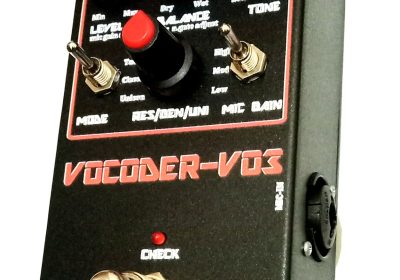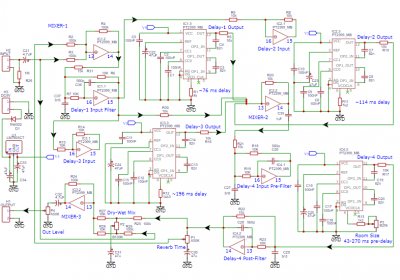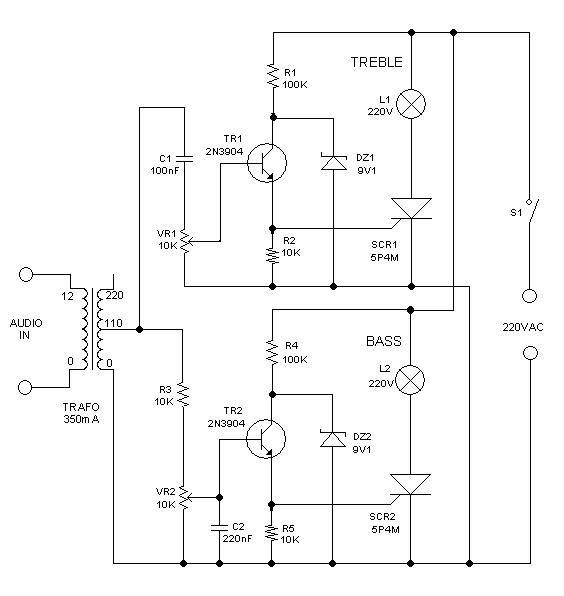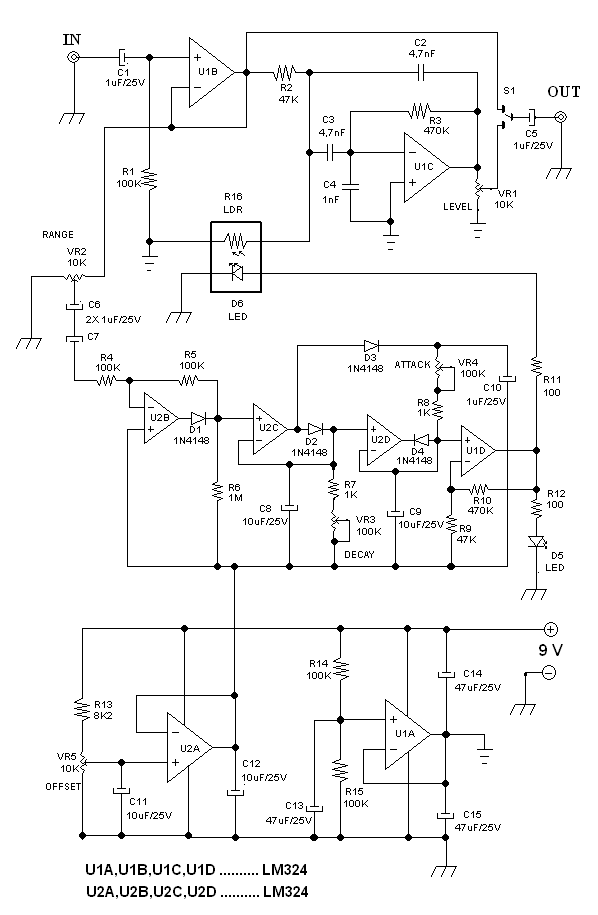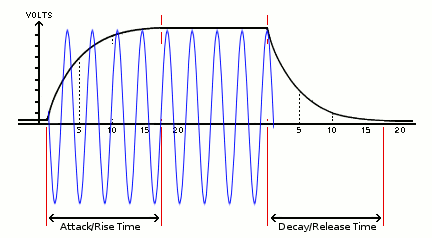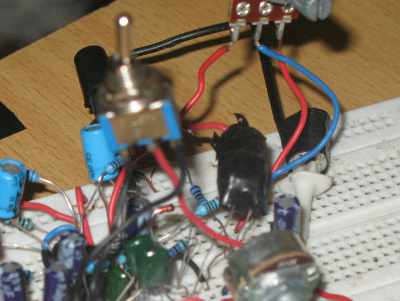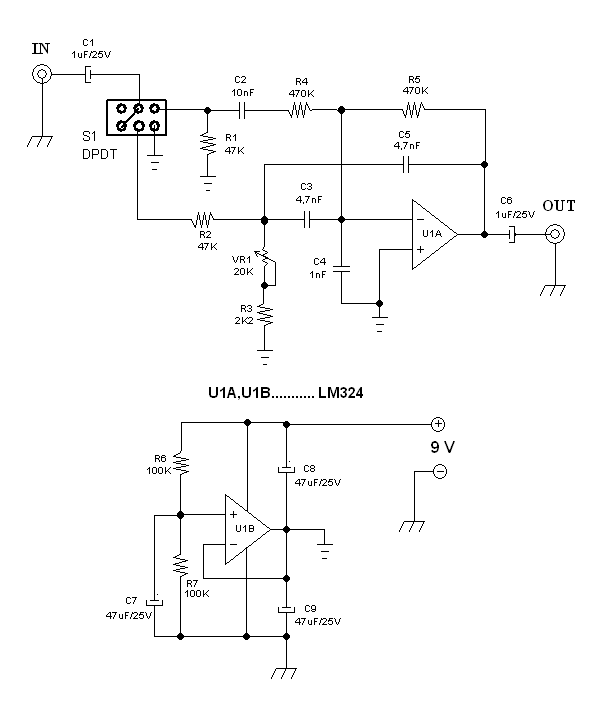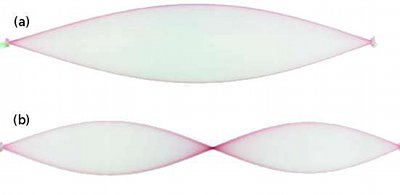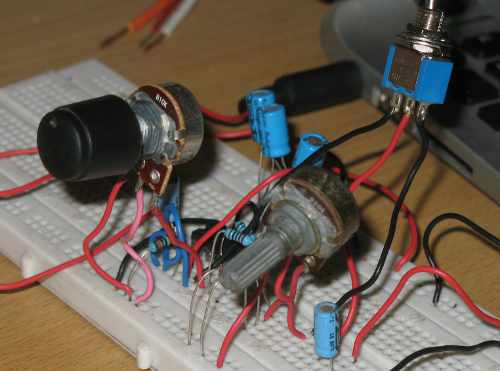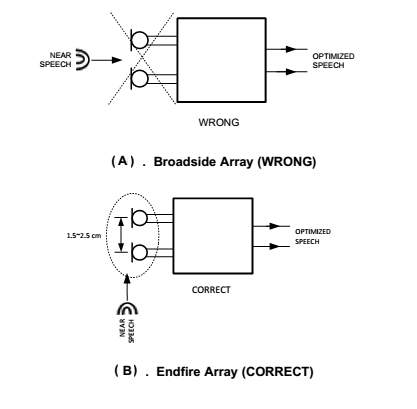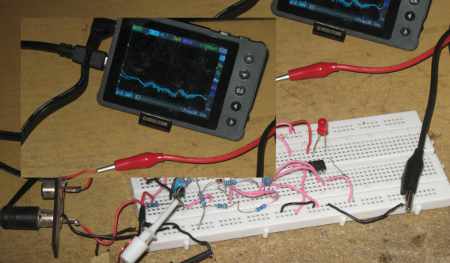Build Your Own Superfast Polyphonic Octaver Pedal with DT-FOG Module
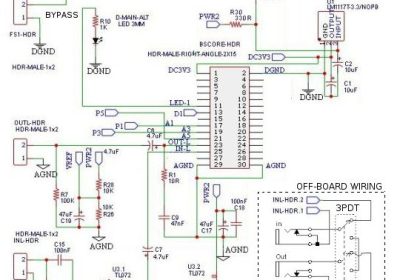
Introduction to DT-FOG Module Unlike other polyphonic octaver pedals those have significant latency, DT-FOG module produce octave and sub-octave with almost imperceptible latency. The DT-FOG module processes transient and non-transient signal components separately. This separation enable the transient processor to have superfast latency as low as 1/100 seconds (10 milliseconds), and the non-transient processor to have a good frequency resolution […]
Read more